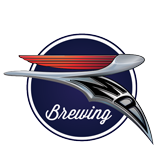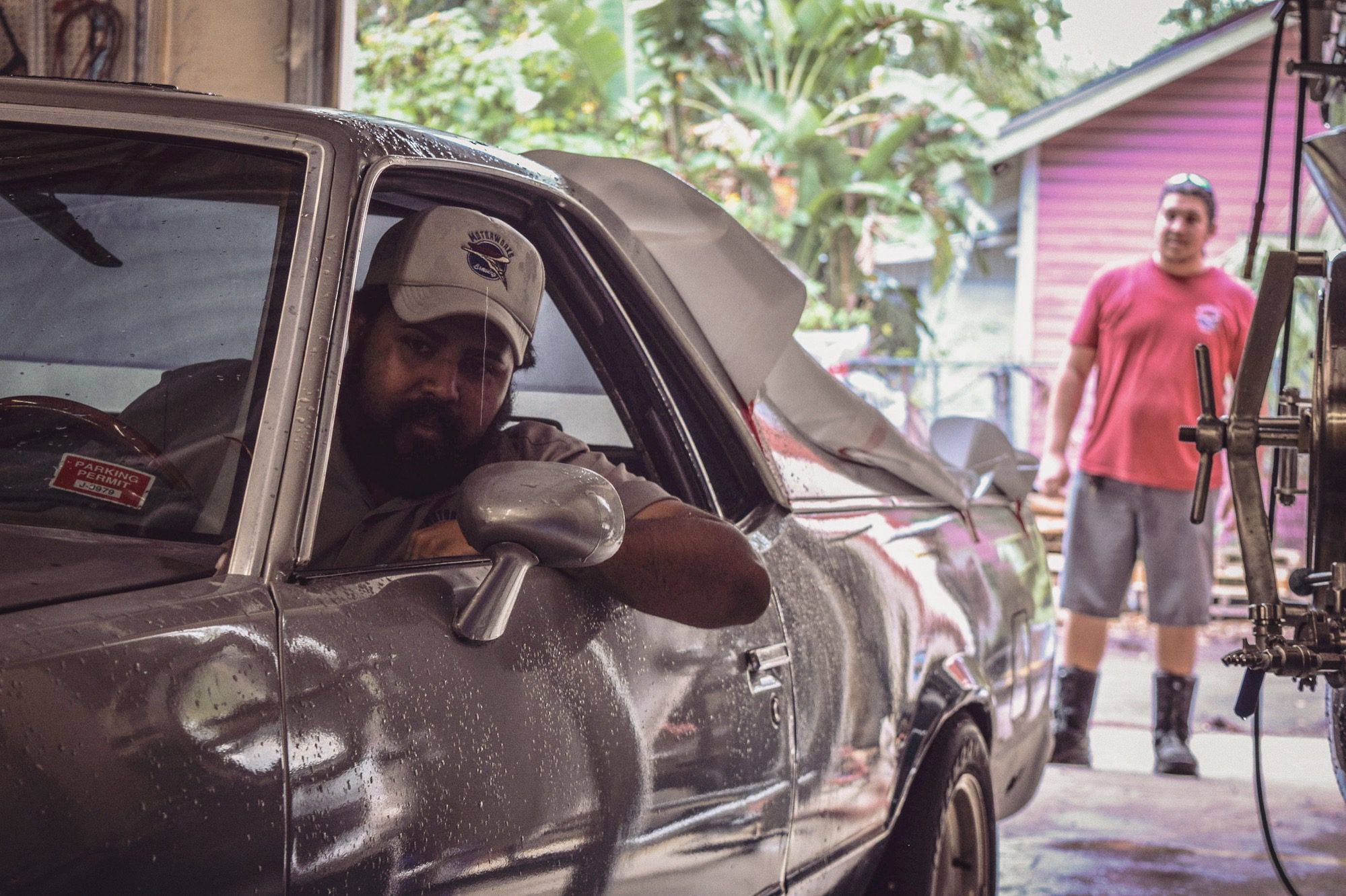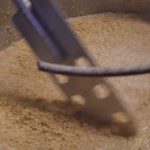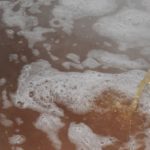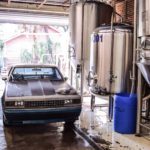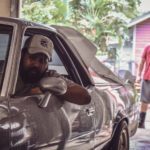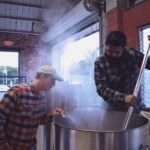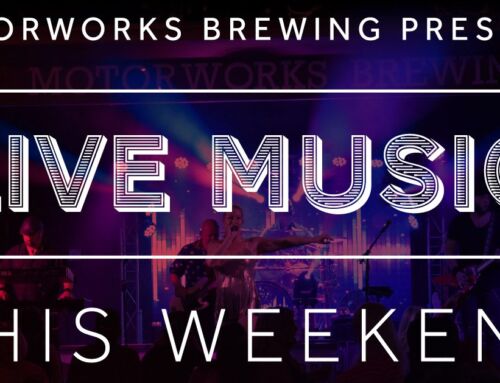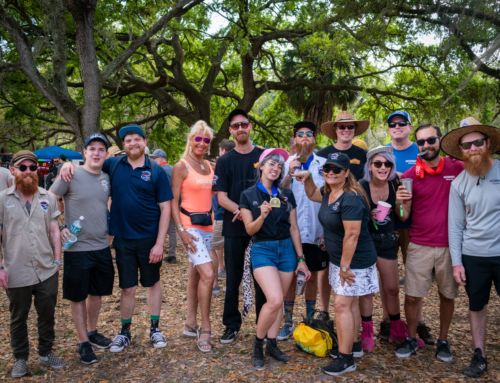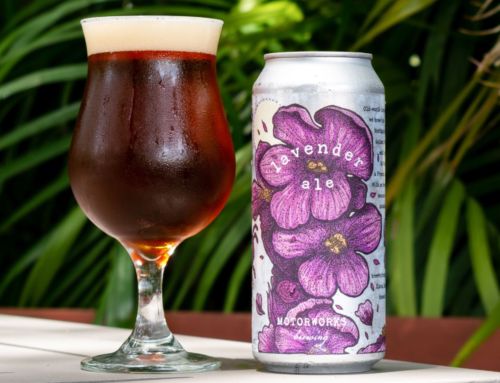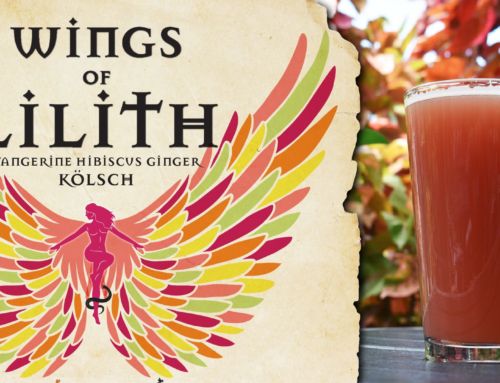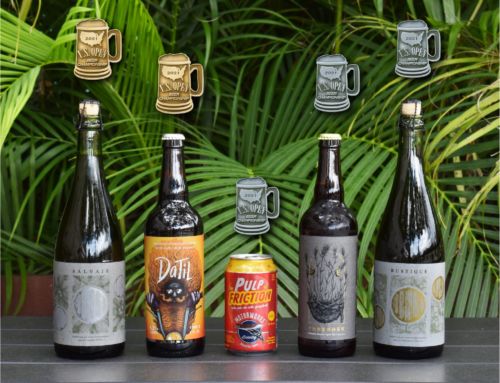
The El Camino coolship parked in our fermentation hall.
We launched our wild beer program over the weekend in ultimate gearhead fashion with “Fermentis Camino,” a spontaneously fermented beer brewed in the truck bed-turned-coolship of Lead Brewer Jose Martinez’s ‘84 El Camino Conquista.
What is “wild beer,” exactly—and what on earth is a coolship?
When you think of beer, wild probably isn’t the first descriptor that flashes through your mind; it may even stir up frightening connotations for the uninitiated palate. However, all beer was once rather “wild” compared to the common styles found on shelves today. That is, all beer once possessed an inherent “funk” or tartness due to its exposure to the elements before the advent of modern, sterile fermentation tanks and advanced cooling methods. Old-world brews were traditionally fermented in open-topped wooden vessels, unavoidably soaking up indigenous wild yeast and bacteria drifting imperceptibly through the air.
Centuries ago, brewers didn’t have any surefire method of quickly cooling down beer, so they utilized “coolships.” Anglicized from the Dutch/Flemish “koelschip,” a coolship is an open vessel ideal for spontaneous fermentation that doesn’t look dissimilar from an oversized baking tray, and its large surface area allows unfermented beer, or wort, to cool more efficiently. Steaming wort was transferred into our coolship—the El Camino’s truck bed in this case—where it sat exposed for seven hours, soaking up scores of native microflora like a voracious maw, using them to initiate fermentation.
Settling on the wort, which has cooled off enough for the yeast to survive and thrive, the gluttonous critters begin devouring the fermentable sugars (extracted from the malted grain during the mashing process), converting them into ethanol (alcohol)—a veritable feeding frenzy in the coolship’s liquid coliseum. Most notably, the yeast leaves behind interesting flavors & esters in the wake of its feast, giving spontaneously fermented beer its unique character: decidedly funky, occasionally tart and unquestionably complex in depth, boasting a unique sense of place courtesy of a host of endemic microorganisms.
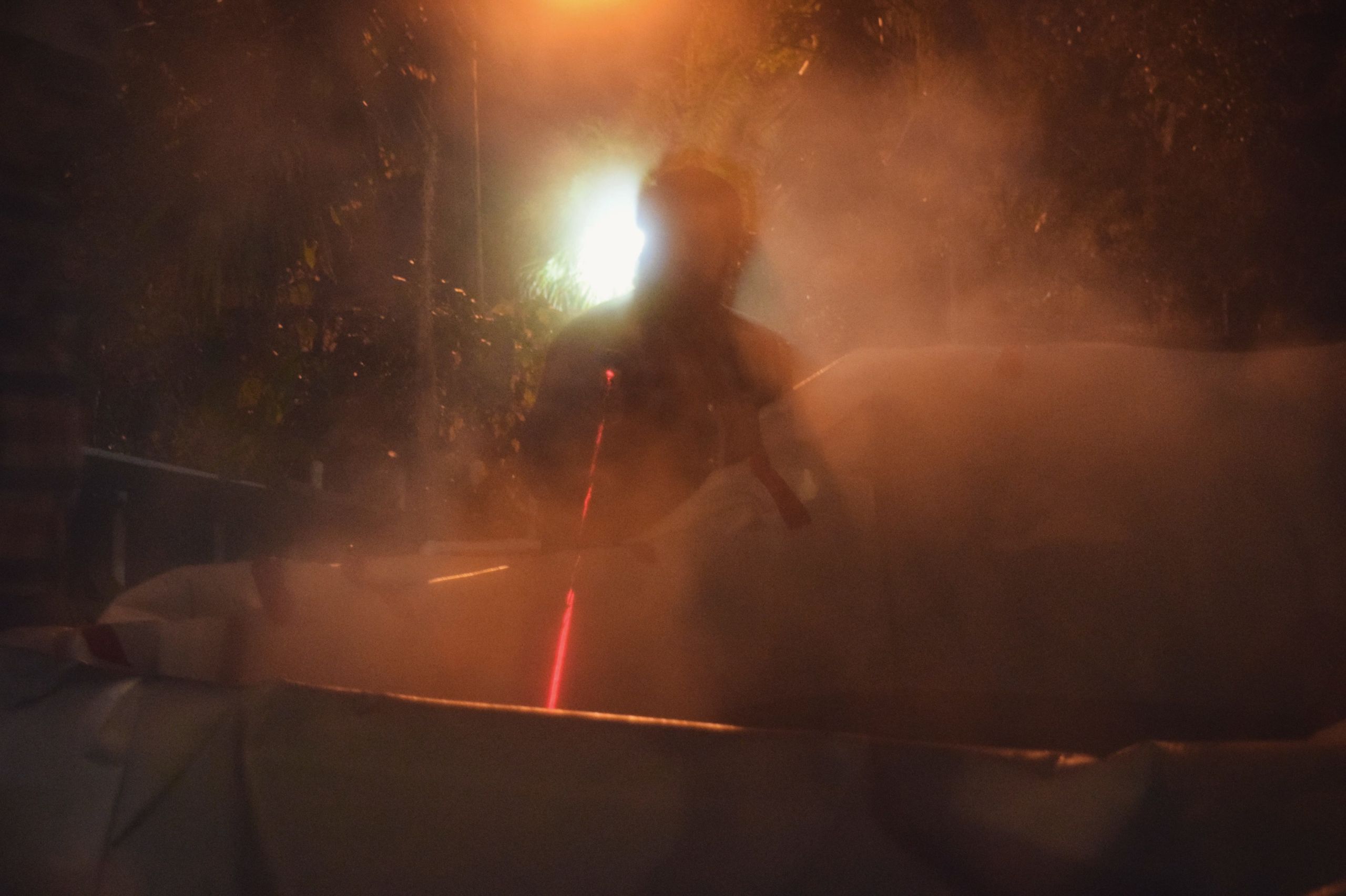
Lead Brewer Jose Martinez taking temperature readings of the wort to ensure it’s cool enough for wild yeast.
Lactobacillus, Brettanomyces and Pediococcus are notable examples of once-wild yeasts & bacteria now tamed and routinely harnessed by brewers, with Brett in particular imparting funky—sometimes fruity—barnyard-esque flavors often lovingly referred to as “horse blanket.” In moderation, these traits are desirable for their intricacies, showcasing the environmental flavors summoned from the brewery’s immediate surroundings. You may have already enjoyed the acidic tartness courtesy of Lactobacillus in our kettle-soured Berliner Weisse, A Bizarre Gardening Accident (note: Lactobacillus also gives sauerkraut and yogurt their distinct tang).
Air temperature and seasonality are also paramount to ensure the right kind of bacteria are soaked up, so our brew team jumped into action when they saw last weekend’s forecasted overnight temperatures dip into the low 40s. If brewed with undesirable bacteria borne on hot, sticky summer air they could render the beer’s funk unbearably harsh. While there is certainly an undercurrent of chaos in this manner of brewing, this timeworn technique has been used—and is still used—by notable Belgian farmhouse brewers like Cantillon to create their famed Lambics, and this uniquely unpredictable process has seen a significant resurgence in the United States.
Where did the inspiration for a coolship come from?
Bob Haa, Head Brewer: Coolships are rare here in Florida and we’ve all been interested in doing this for a while. When I visited Cantillon in 2012 (Brussels) I considered that a bucket-list trip, almost like a pilgrimage. When I was 22 years-old I was buying old, dusty bottles of Lambics from a guy in St. Petersburg who couldn’t sell them. They were so good I went back and cleared out his supply, and I’ve been inspired by wild beer styles since I started home-brewing in the late 80s. I’ve always been leery about the ramifications of doing it in a commercial brewery, but we now have a solid crew and the careful processes in place needed to make it work.
Bruce Bobbitt, Brewer: Buying a coolship wasn’t exactly priority number one with our production demands, so we had to think outside of the box a bit.
Jose Martinez, Lead Brewer: This whole idea started over the summer when Andrew (Andrew Pollard, Brewer) mentioned wanting a swimming pool because of how hot it was. I was trying to sell the El Camino at the time, so I jokingly suggested he buy it off me—the bed is pretty much a mobile pool—and that’s when it dawned on me: I already have a coolship, it’s just on wheels.
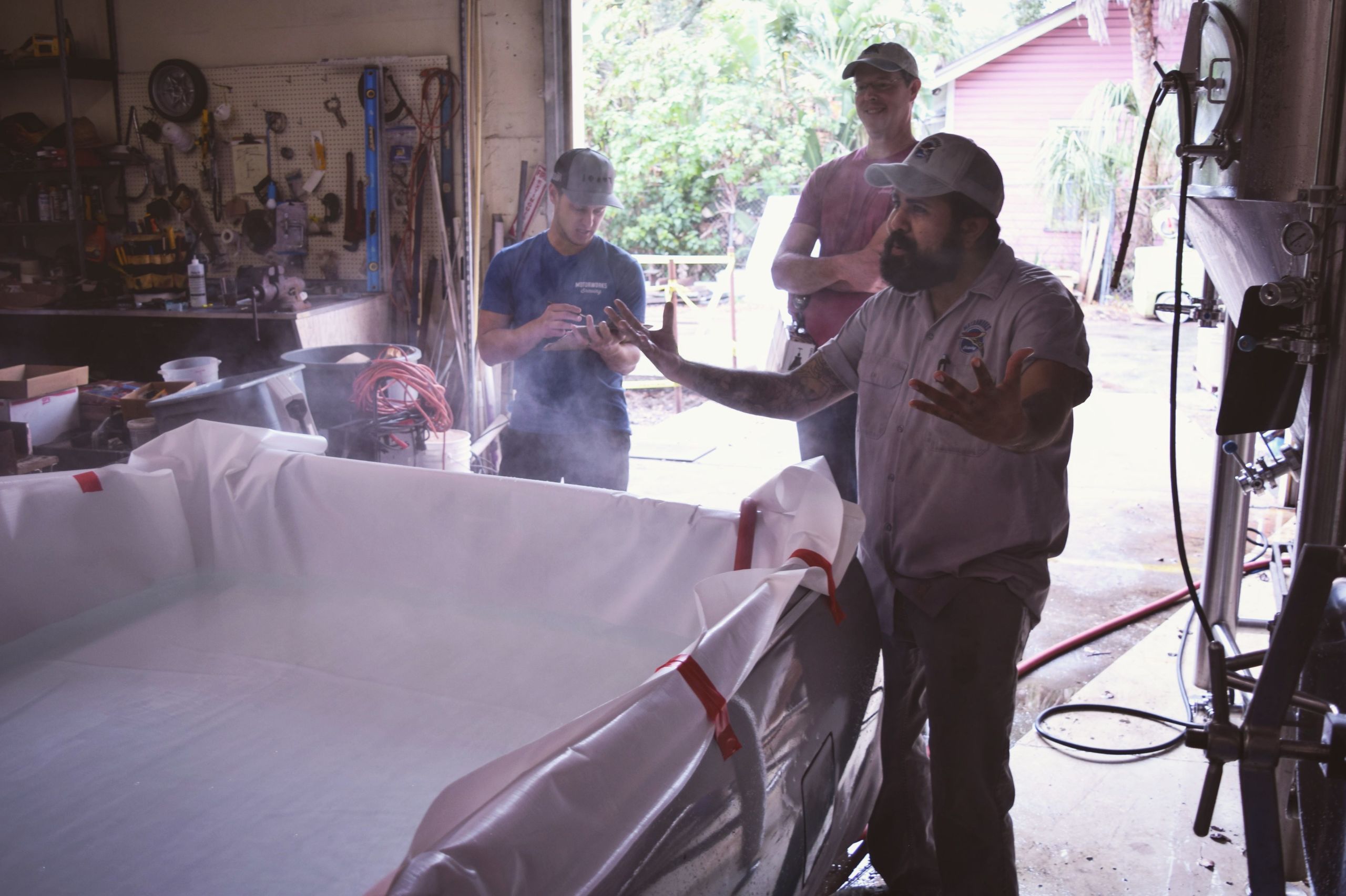
Stress testing the El Camino.
How’d you turn the El Camino into a coolship?
Jose: We measured the bed of the El Camino and the dimensions were damn near perfect for a 3.5-barrel brew (the size of our pilot system). We found a heat-resistant, food-grade, FDA compliant liner that would fit the bed and went from there.
Bruce: It didn’t leak a drop; it worked perfectly!
Jose: It looked nice and frothy and aerated when it was transferred from the Camino into the fermenter, so we’re just hoping for a cool, funky beer showcasing Bradenton’s unique microflora. This is the beginning of a spontaneous fermentation program we’d really like to keep going in the future.

Bob giving the El Camino a push out of the fermentation hall.
So, what’s next in this coolship saga?
Bob: We’re not trying to rush the process, and we’re going to let this sit in a barrel for at least a year, tasting it along the way to monitor how the flavors develop.
Beers soured traditionally typically remain in barrels for 1-3 years, and are often blended together or blended with fruit. Patience is a difficult virtue, but we’re excited to have this brew under our belts and we look forward to tracking the beer as its mutable flavors shift over time.

